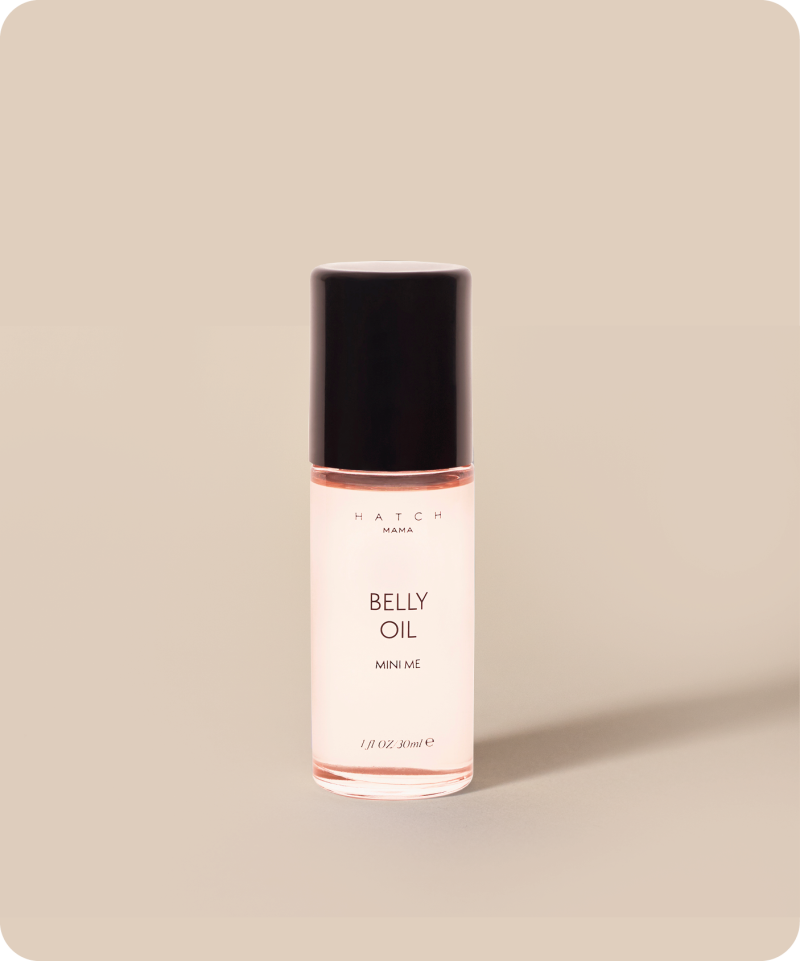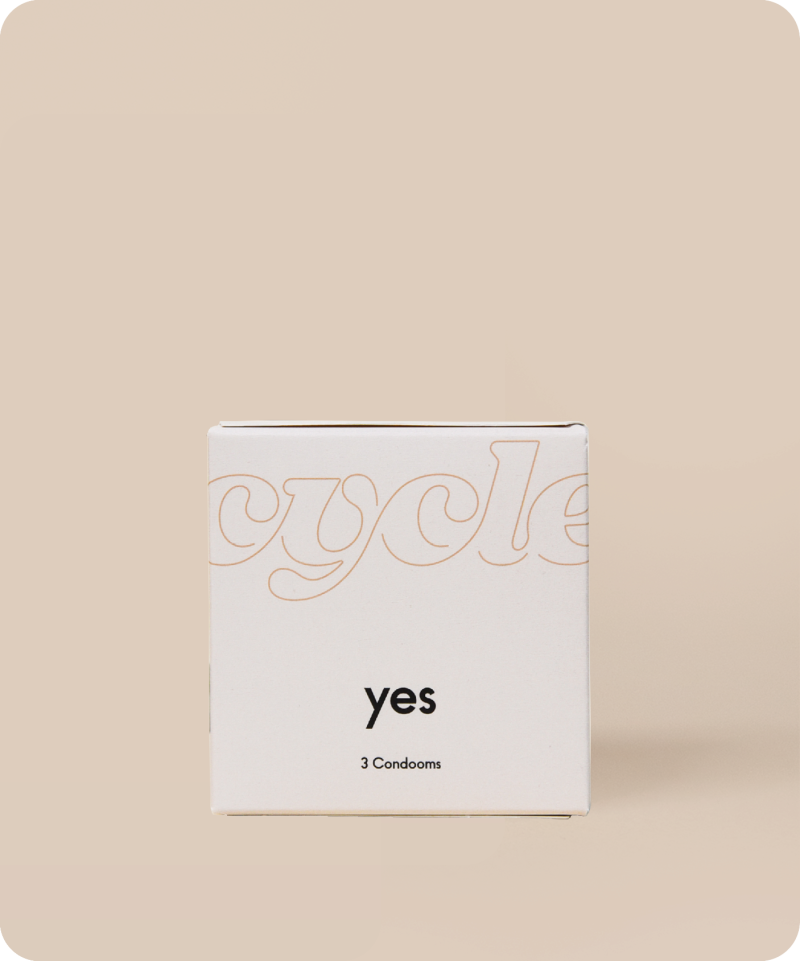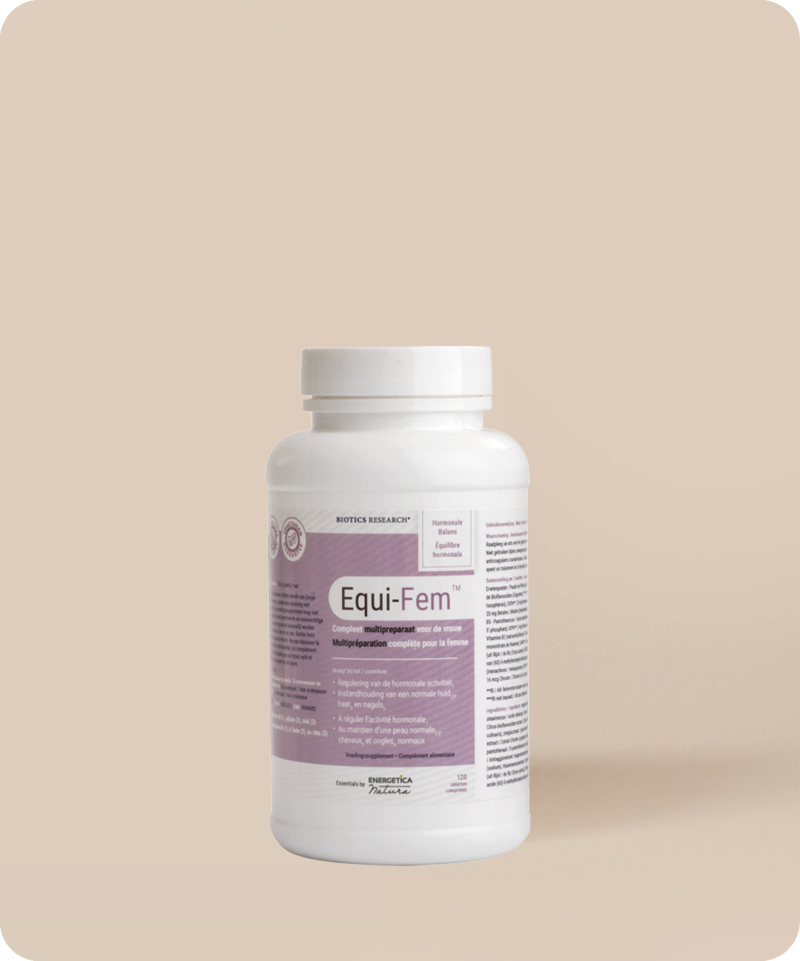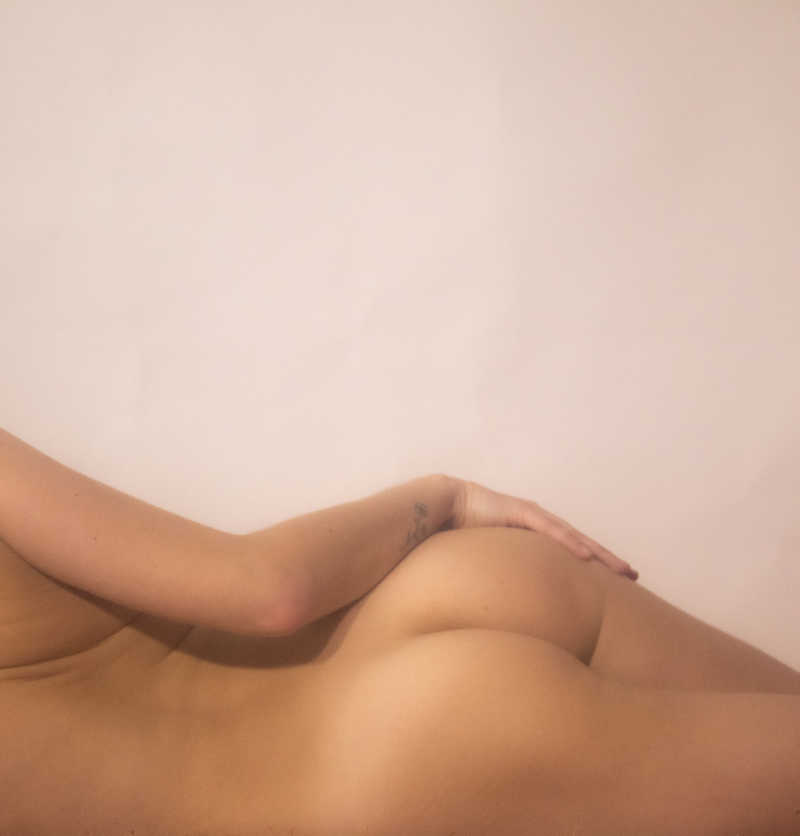The contraceptive patch
Approved by
The contraceptive patch
What does the package leaflet say:
What is it?
A flexible, waterproof patch of 4.5 by 4.5 cm in size, that you stick onto your stomach (on your butt, stomach or arm) and switch out every week. After three weeks, you keep it off for a week, during which you’ll have your period. You’ll be protected against pregnancy during your whole cycle - even during the patch-free week.
How does it work?
The plaster releases the hormones estrogen and progesterone, and works just like combination birth control pills. With the patch, the hormones just enter your bloodstream through your skin. The hormones in the patch prevent ovulation, and thicken the mucus of the cervix, so that sperm cells aren’t able to get past it anymore. They also influence the uterine lining, so that a fertilized egg cell can’t nestle into it. So, triple protection against pregnancy.
Types
The contraceptive plaster is available in the Netherlands and the UK under the name Evra.
Trustworthiness
If you continue to apply the plaster on time, the chance of falling pregnant decreases to half a percent per year. In practice, the chance of getting pregnant is higher. Users tend to forget to apply the patch on time after the patch-free week. The patch is also less trustworthy - and therefore isn’t recommended - if you weigh more than 90 kilos.
Where do you get it?
For the contraceptive plaster, you need a doctor's prescription in the Netherlands. This means that you’ll have to drop by your GP in order to start taking this form of contraceptive. If you have a positive experience with the Evra, you can then pick up a new pack of patches without having to go to your GP each time.
Cost
The cost of Evra differs depending on your location. In the Netherlands, it costs around €15,- per month. You will receive reimbursement from your basic insurance up to the age of 21. A personal contribution does apply. In the Netherlands, up to the age of 18, the Evra is reimbursed by your parents' insurance, and you do not have to pay that personal contribution. In order to get the contraceptive patch reimbursed after your 21st, you’ll need supplemental insurance that has good coverage for contraceptives.
Advantages
The patch gives you a very regular cycle. You can also manage your own cycle (skipping or delaying a period). That’s handy if you’re going on vacation, or are planning to have sex. The patch often makes your bleeding less painful or intense. If you stop taking it, you can, in theory, get pregnant immediately. The patch also stays trustworthy if you’ve thrown up or had diarrhea. Last but not least, you only have to remember to take your contraceptive once a week. For many users, that’s an advantage, but this low frequency can also make you forget to stick it on.
Side effects
The contraceptive patch has the same side effects as the contraceptive pill. It can cause headaches, tense breasts, feelings of gloom, a decreased interest in sex, and/or a bit of spotting. These complaints usually disappear once you’ve been using the patch for a few months. The spot where you apply the patch can also become a bit red, or the patch can let loose unnoticed. That means you won’t be protected from pregnancy after 24 hours.
Other side effects are:
Mood and anxiety disorders
Weight gain
Dizziness
Vaginal irritation and fungal infections
Blurry vision
Moisture retention
Headaches or migraines
Nausea
Stomach aches or diarrhea
Ance
Muscle spasms
Lumps in the breasts
Changes in menstruation pattern; intensity of uterine cramps, or measure of painful menstruations
Vaginal discharge (read here to find out what your vaginal discharge says about your cycle)
It’s important to know that women+ who use a combination method have an increased risk of thrombosis (a blood clot) when compared to women who don’t use a combination method.
Contra-indications
The hormone patches aren’t the best method for you if you:
are older than 35 and smoke (because of the chance of cardiovascular diseases);
have diabetes;
have migraines with aura and smoke (increased risk for a stroke);
have had thrombosis or a pulmonary embolism (an increased chance of this recurring);
have had a heart attack or a stroke (likewise);
are older than 35 and have (had) breast cancer, carry the BRCA gene, or have a large family history of breast cancer;
use certain medications, such as medication for epilepsy.
Also, be careful if you:
have high blood pressure, cholesterol, Diabetes Mellitus, and/or are overweight;
are younger than 35 and smoke;
have migraines with an aura (even if you don’t smoke)
have a family history of thrombosis or cardiovascular diseases.
Mentally
The patch works just like a mild contraceptive pill, which sadly means that it can also cause mood swings. Have you noticed that you feel irritated, nervous, or depressed more quickly? In that case, we suggest you discuss this with your GP.
A final remark
Sometimes, the patch will be visible, so if you don’t want people to know that you’re on a contraceptive, the Evra patch isn’t the way to go. Oh, and by the way, a contraceptive plaster doesn’t protect against STDs!
























